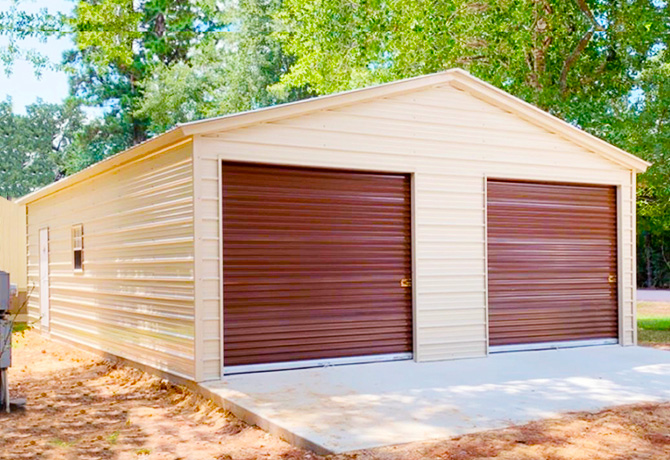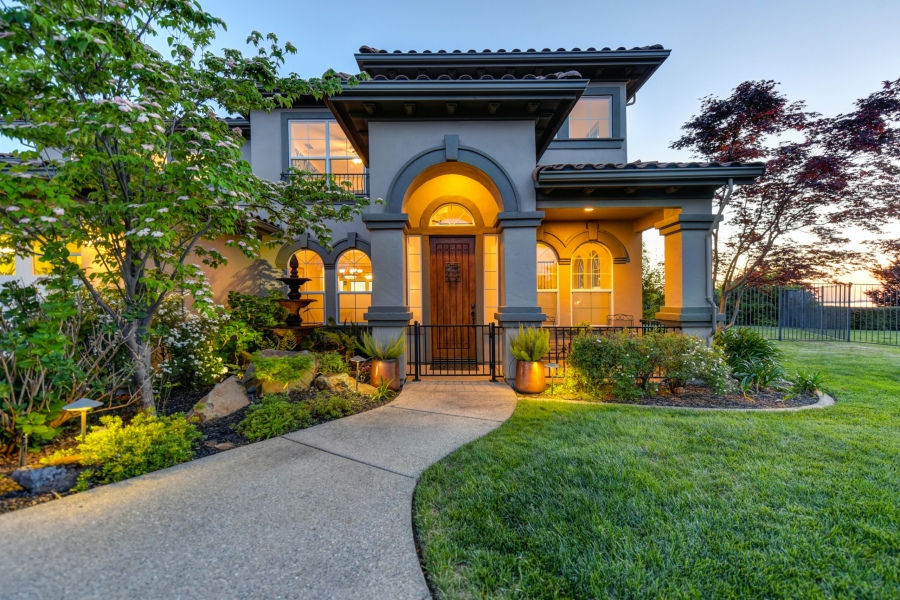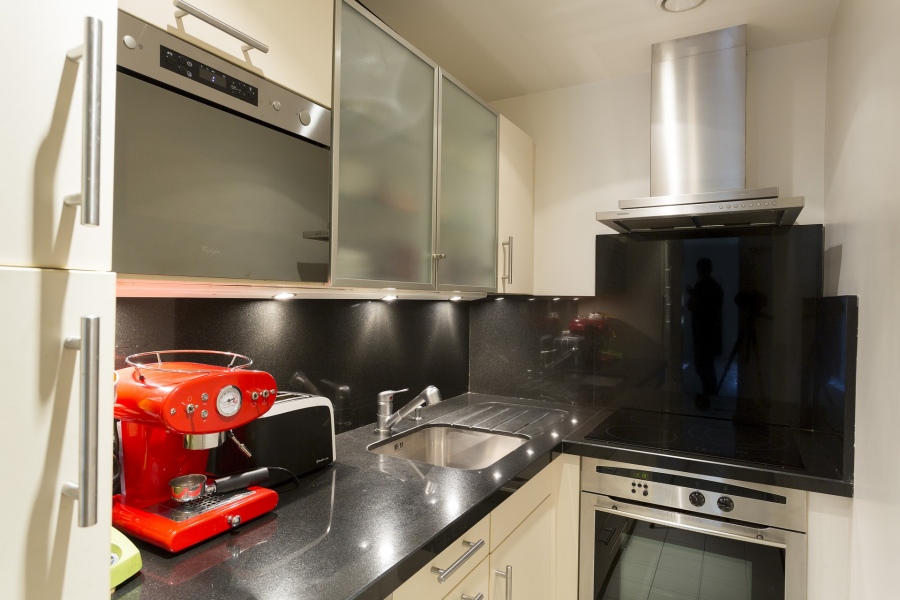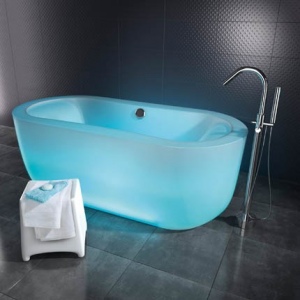If you are working from home these days and need a personal space, there are lots of great reasons to create a dedicated home office space to work out of. Whether you’re looking for a quiet place out of earshot of the kids (and safely out of range of any flying toys), or if you happen to think more clearly if your television isn’t calling to you out of the corner of your eye, a dedicated workspace can provide a huge boost to your productivity.
Metal Buildings are incredibly flexible structures. The versatility of these structures is unrivaled by other constructions. You can use a single steel garage for several purposes, be it a workshop, a media room, or a man cave.
One of the common applications of prefab Metal Garages is as a home office. While turning a metal garage into a home office might seem like a daunting task, it is quite straightforward. All you need to do is a little bit of forethought and planning.
The transformation begins with the preparation of the buildings and ends with its furnishing. Utility lines, insulation system, wall, floor finishing, etc. are a few things.
Set Up the Right Lighting
Bunches of natural light is perfect for a home office. On the off chance that you have a major window in your carport, make certain to put your work area close to it so you can appreciate the entirety of that sunlight. In the event that you need more natural light, including a story light or a few table lights to space. You might be astonished at how much light you can make by placing a story light in one corner of your home office. A work area light is likewise valuable in the event that you need to ensure you have enough light to fill in as you sit at your work area.
Puls Can Get You Settled Into Your New Office in No Time
You don’t have to work hard to get your home office set up – just have a Puls handyman do the heavy lifting. From drywall installation and repair to electrical work, your Puls handyman can take care of the technical stuff, leaving you the freedom to pick out your new office furniture.
Cover up Concrete Flooring With Something More Office Appropriate
Your floor is your foundation and goes a long way towards changing the tenor of your workspace. While plain old concrete may suffice for storing cars, bikes, and lawnmowers, a proper floor is a must for a home office.
An indoor-outdoor tile like porcelain will look great while standing up to the elements. Porcelain may have a reputation for being delicate, but the high temperatures it’s heated at make it anything but. The heat creates an impenetrable seal, which means that moisture and dirt stay out, while the tile’s color stays in, preventing fading over time. Porcelain is also able to withstand both hot and cold temperature extremes, is easy to clean, and is naturally scratch-resistant.
Walls Can Insulate From Heat and Cold and Provide a Clean Look
It makes sense that the walls of most garages are pretty bare-bones, offering little if any insulation from heat and cold – after all, most people don’t spend too much time out in the garage, which just needs to shelter your car and other outdoor items from rain and snow. If you plan on changing that, you’ll definitely want to insulate and add a layer of drywall to both maintain room temperature and add a good deal of visual appeal to your workspace.
Using 2×4 wooden boards, a frame is constructed and placed against the inside garage wall. It’s then filled with insulation, and the drywall added to seal it up. After it’s primed and painted, it’ll look – and feel – like a regular room. Helpful do-it-yourself guides abound on YouTube, but a less work-intensive option is to have a professional handyman lend their services.
Raise the Roof
A new overhead solution can also add décor while bolstering your insulation efforts. Depending on whether you have a flat or vaulted ceiling, along with the level of finish and insulation already in place, there are virtually limitless options up top. From aluminum soffit or corrugated metal – which can reflect light and brighten the space, but also may look overly industrial – to drywall, to PVC tile or even fabric, the sky is (literally) the limit. You do, however, want to pay attention to existing lighting fixtures, as well as the garage door opener – of which we’ll speak more after the jump.
Consider Keeping the Garage Door
Besides for making it easier to comply with zoning, fire, and safety codes (we recommend you look into local zoning and safety regulations before embarking on any significant project such as this), leaving the garage door in place has a number of benefits.
In fair weather, the garage door can be opened to provide ample light and fresh air. It also maintains the existing ease of access without calling for a major redesign, meaning you can continue to get in and out easily without coughing up extra cash. Plus, you’ll have the option of reverting back to a conventional garage space whenever you like.
However, if you live in a climate with very warm or cold temperatures, it may be worth replacing your garage door with one that is insulated to the R-16 standard or above. Not only is this significantly less expensive than building a wall, but it also will save on heating and cooling expenses, as a well-insulated garage provides a buffer between the outdoor elements and your home.
Power Up
Most garages already have some electric connectivity in place, though it may be minimal. Have a handyman install any outlets and light fixtures space may need, bearing in mind the possibility that you may want to use freestanding lights, as well as what climate control solution you may opt for.
Your handyman can help you determine whether the central heating and cooling system in your home is able to be expanded to cover your garage as well, or whether you will want to explore other options such as infrared or propane heaters.







